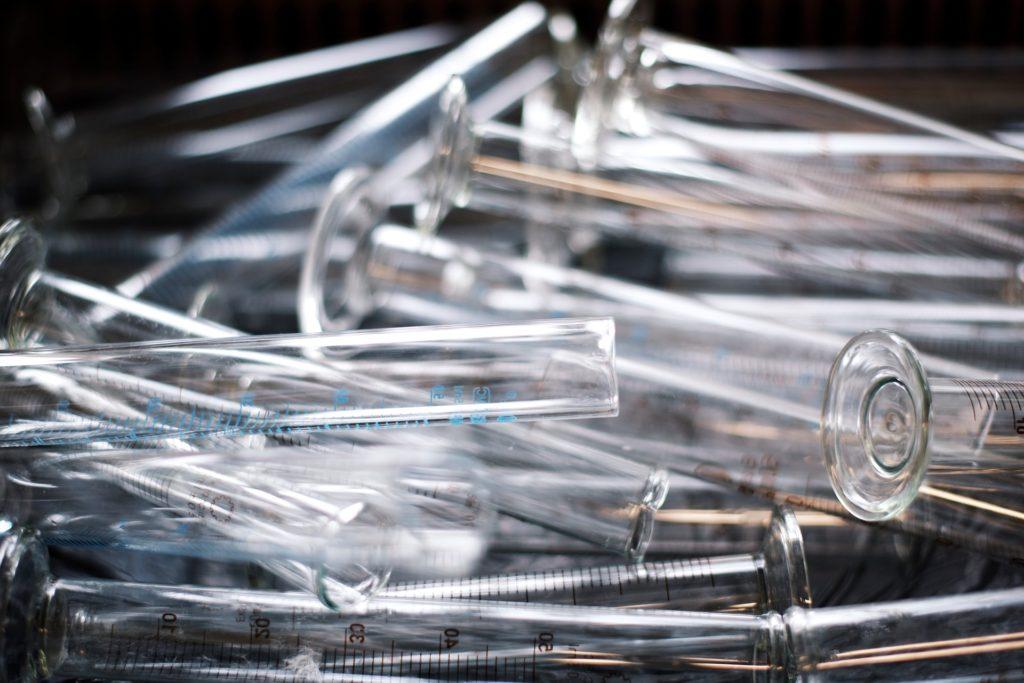
Over the summer, science research students worked with research-fellow mentors from a myriad of universities and research centers around the country to participate in potentially revolutionary projects.
“Mentors allow students to undertake research that we can’t do in our [school] facility since we’re a Bio-Safety 1 Lab,” science research teacher Katherine Cooper explained, “and that limits the types of experiments that we can do.” Mentors offer students the proper resources and guidance to proceed with their research.
The first step in acquiring a mentor is, as Ms. Cooper recommends, to develop a resume and devise a general email formula to send to prospective mentors. Science research students typically include professors, postdoctoral research fellows, graduate students and experienced undergraduate students whose contact information is listed on the public website of their corresponding institution.
Potential mentors can respond and may schedule an interview, but that is often not the case. Senior Josephine Chen said, “Most times you have to email 20 times. And not always you will get an agreement to come into their lab.” Other students get their mentors via programs, family connections, or recommendations from friends who had prior science research experiences.
Moreover, the Garcia program at Stony Brook University has its participants live on campus, fostering the independence associated in engaging with an academic institution and the intellectual heft of the research being completed. There, Senior Esther Chai was exposed to the pioneering concepts, technology, and contemporary research firsthand, which would otherwise be inaccessible to most high school students.
Esther obtained her mentor through the Garcia Center for Polymers at Engineered Interfaces at Stonybrook University. Through this program, she was able to use the school’s many resources, specifically the optimal combination of ALD (Atomic Layer Deposition) of titanium dioxide and various protein coats (i.e. fibronectin, gelatin, and collagen gel) on 3D printed polylactic acid scaffolds for dental cell regeneration. “This will allow for applications in regenerative medicine as stem cell therapy is progressing towards personalized treatment,” she commented.
With professional resources and experienced scientists at the forefront of their fields, students have invaluable scientific information at their disposal. Mentors answer the students’ inquiries and provide advice that aid in the understanding of novel and complex topics. Scientific research is zestfully dynamic which seeds and nurtures the curious vivacity in students to explore the frontiers of science yet to be discovered.



























